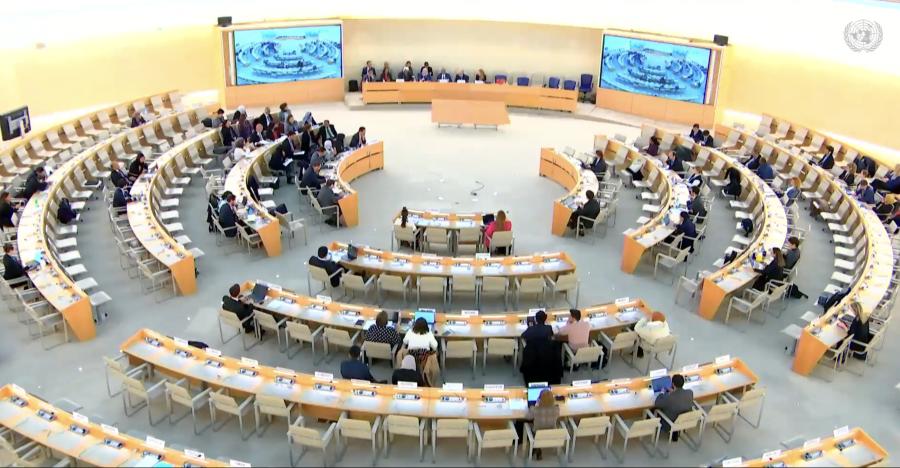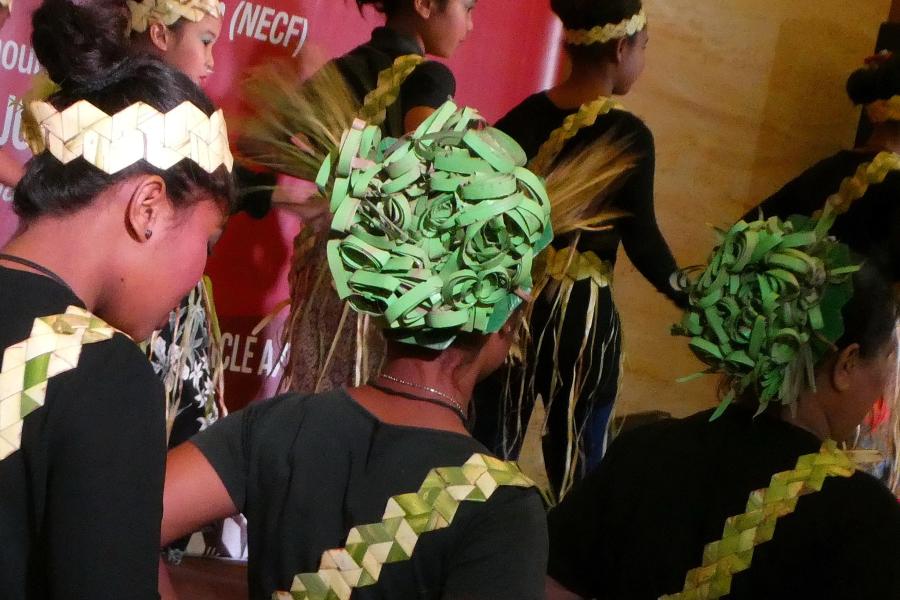Adela Baer's new title on the Orang Asli: Health, Disease and Survival: A Biomedical and Genetic Analysis of the Orang Asli of Malaysia, is a welcome addition to a field that is still plagued by glaring data gaps and misconceptions. The book aims to provide a summary of everything that is known, and what still needs to be known, about Orang Asli health, using a biomedical and sociocultural approach. It also shows how an understanding of Orang Asli health, and often its genetic basis, is vital to their future welfare. They are citizens of a nation whose government's intervention not only fails to address the special ecological threats to their health, it has also been known to exacerbate them with tragic consequences.
Because they live mainly in rural, forest, coastal or other peripheral environments, the Orang Asli are susceptible to a range of illnesses that make their "health experience...somberly different from that of other Malaysians" (p. 2). These environmental effects are compounded by genetic differences and political powerlessness. The serious health problems of the Orang Asli include endemic malaria, high rates of worm infestation, a prevalence of skin diseases and tuberculosis, chronic malnutrition, very high frequency of goiter, dengue fever, and leprosy compared to urban Malays, as well as comparatively high crude death rates and infant mortality rates -- for most if not all the groups.
Despite the seriousness of these health problems, many factors contribute to their continued neglect. One is the inadequate medical knowledge about the Orang Asli. According to Baer, there are several reasons for these lacunae. Although "Orang Asli" is a general term (meaning "original people") describing at least 18 distinct cultural-linguistic groups, ethnicity is rarely considered as a variable in biomedical reports. Baer points out that this is "unfortunate since the various groups live in diverse ecosystems, have diverse coping mechanisms for dealing with illness, differ in their genetic histories, and live at unequal distances from Gombak [the national hospital for Orang Asli] and so are not proportionately represented in hospital samples" (p. xiii-xiv). Baer corrects this misleading simplification by adopting a group-by-group approach. Nonetheless, the book is aware of its limitation in this respect because adequate information is not always available for all the groups, so some of them have been grouped together based on "proximity, languages, and cultures" (p. xii).
Thus, little is known about some groups, or about important medical categories like sexually transmitted diseases and infant mortality. But sometimes even the available knowledge is not enough to avert government callousness. The book closes with a description of a probably preventable tragedy caused by the careless and perfunctory administering of medication to a group of Orang Asli. In February 1997, two Jah Hut children died and nine were hospitalized after a government health team visited a village with anti-malarial medication. The incident smacked of pure negligence, since some of them were later tested as having a genetic condition which made them susceptible to life-threatening conditions if they took certain antimalarials commonly used in Malaysia. Yet it is a wellknown fact in the medical field that the Jah Hut have the highest frequency of this deficiency among all ethnic groups in Malaysia. The government team had asked the villagers no questions and did not even seem to have age-calibrated doses.
The book is an important step forward in that it comprehensively documents two important areas: the existing medical knowledge about the Orang Asli, and the way the government fails to apply that knowledge for the purposes of better health care for them. Baer also makes an interesting policy recommendation aimed at the empowerment of the Orang Asli with regard to their health, such as the introduction of community-based efforts at malaria control in the form of Village Health Volunteers, as in Sabah.
Regrettably, the book falls short in one very important respect. While it makes a valiant effort to situate medical facts in the socio-cultural context, it rarely includes the voice of the Orang Asli themselves, and their perceptions of their health -- apart from admitting that their conceptions of disease are often very different from those of medical science. While it is evidently not an ethnography, it draws solely on the empirical analyses of western or Malay researchers. The language and content of the book are firmly located within the western rational tradition even when it is explaining how and why state-sponsored medicine fails the Orang Asli. It seems that the voices of the Orang Asli themselves would be an important addition to any summary of knowledge about their health. Until a forum is provided for dialogue with them on the most basic facts of their physical existence, the dignity of the Orang Asli as people will continue to be compromised.
Article copyright Cultural Survival, Inc.


